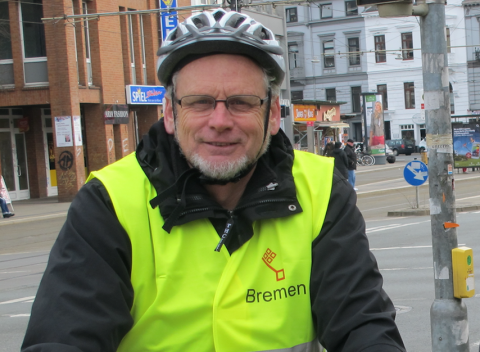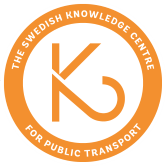Article highlighted
Good examples, systematics and hope - paths to livable cities

Initial projects are important. Good examples, if it comes to tearing down a freeway in Seoul or out-maneuvering car commuting with speedy trains in Perth, have a crucial impact on change. The sustainable city is possible but often needs an inspiring push for actual decision-making. “Planning for Green and Livable Cities Through Reduced Automobile Dependence” is a global outlook teaching good city planning and sustainable transport – and delivering a strong portion of hope.
– Starting with one good project creates a snow-ball effect, says Jeffrey Kenworthy, renowned authority on sustainable city planning.
Over the last forty years the Australian professor, now based in Germany, has contributed to the field, both academically with a vast production of journal articles, books, reports and lectures all over the world and hands-on as adviser to the Western Australian government, various organizations and even to the Swiss Federal Railways. His interest in sustainability and city problems was aroused from the very beginning of his career.
– I have a background in environmental science and was involved in this early on. I found that cities were a frontier issue and especially the car and how it shapes the transport system and land use patterns in cities. The automobile has a big impact on both small and large cities, says Kenworthy.
Systematic comparisons
Jeffrey Kenworthy talks about the changing nature of cities, from the pedestrian times before around 1850 over to the industrialized city with public transport, to the cities we have today, filled with cars for which they are originally not built.
– We have replaced public transport as well as walking and cycling with car use. If we´re going to have sustainable cities we must do something about the transport system in our cities. Older urban fabrics which pre-date the 2nd World War, do not fit with the automobile. The streets are no longer meeting-places and this has ruined urban quality-of-life, says Kenworthy.
To bring attention to these issues he started a global comparison of cities covering every continent. To understand how cities work, their strengths and weaknesses, he realized we have to address the problem in a systematic way.
– Everyone wants less air pollution in cities, less noise, less congestion, better public spaces. To create such livable cities, we simply must reduce car use, but the best approaches can differ between cities. In the master class we explore these issues from many angles. It includes detailed quantitative comparisons of cities from all over the world through my global cities database, which highlight the many problems and possibilities. Positive ways forward are all based on decades of research and experience, he says.
Highlighting the good examples
The negative effects of cars are recognized as is the awareness that they have to be reduced. However, as Jeffrey Kenworthy points out, recognition does not mean immediate change. Some cities, for example Stockholm, have introduced measures such as congestion tax but that does not mean the rest of the world follows. Most cities still suffer from congestion in rush hour traffic. To keep highlighting good examples and to grow them is, however, a good way to start.
– Giving good examples, in order to tackle the problems in a positive way, that is what we need to do. In the master class I will talk a lot about this, about break–through projects. The course is an interactive form and the participants are supposed to take part and help each other with their own successful approaches.
Make use of good ideas
The car is not an irresistible force, nor are its problems unsolvable. Many researchers, governments, companies and community groups have good ideas but they also need to be implemented. This is the time when we must make use of ideas all over the world in order to create hope, says Jeffrey Kenworthy.
He has lectured in 34 countries and 100 cities, while over more than four decades he has contributed academically as well as taking active part in changing political decisions. Kenworthy wants results.
– I want to engage with the real world, show what can be done. I think of this master class as building a legacy of what has worked and can be done. In this way, we can build momentum for further change in more and more cities, says Jeffrey Kenworthy.
Registration: The master class is open for applications until June 4. Register HERE
____________
Jeffrey Kenworthy
Jeffrey Kenworthy is former guest professor at K2, professor emeritus at Curtin University, Australia, and current guest professor at Frankfurt University of Applied Sciences, Germany.
K2 investigates how public transport can contribute to attractive and sustainable metropolitan areas of the future. We educate members of the public transport sector and inform decision-makers to facilitate an educated debate on public transport. The online master class is one of the educational offerings at K2.
